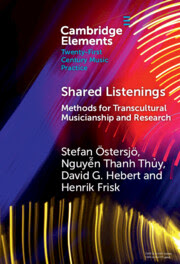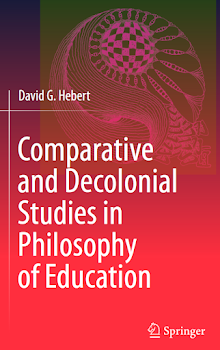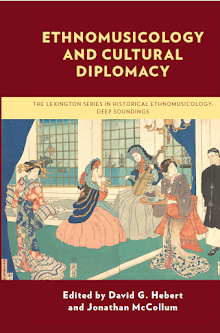
In April 2008, the
International Association for Jazz Education declared bankruptcy and was suddenly disbanded after having served the jazz education community for nearly 40 years. Meanwhile,
MENC: The National Association for Music Education announced that it may no longer be having national conferences in the United States.
Related links:
http://www.nytimes.com/2008/04/26/arts/music/26jazz.htmlhttp://www.apassion4jazz.net/iaje.htmlhttp://sociomusicology.blogspot.com/2008/04/music-conferences.htmlAs a Seattle native and former school music teacher, such developments were particularly surprising. Many do not realize this, but Seattle is increasingly regarded nowadays as an important center for innovations in jazz education and
popular music pedagogy. In each of the recent Essentially Ellington festivals, Seattle high school bands have attained the highest honors.
Garfield High School has produced many important jazz and rock musicians, including Quincy Jones, Jimi Hendrix, Ernestine Anderson, as well as rock drummer Dan Peters (from Screaming Trees, Nirvana and Mudhoney). Nearby,
Roosevelt High School has also produced many notable musicians, including Mike McCready (rock guitarist with Pearl Jam), Duff McKagan (rock bassist with Guns N’ Roses and Iggy Pop) and various others. Another important contributor to the local jazz scene has been
Washington Middle School, which for many years has had one of the finest middle school level jazz programs in the world.
http://www.iht.com/articles/ap/2008/05/19/arts/NA-A-E-MUS-US-Essentially-Ellington.php
http://www.rooseveltjazz.org
http://seattlepi.nwsource.com/local/360871_needle28.html
Community organizations, such as
Earshot Jazz and
Experience Music Project, have also contributed to local school music programs through various partnerships.
In the middle school music program that I taught in Seattle several years back, the students benefited greatly from a residency of
Jovino Santos Neto, funded by
Earshot Jazz. I was also able to attain grant funding from the
Simpson Center for the Humanities to bring local artists from many different traditions into the school music program: an Irish fiddler, blues songwriter, Thai and Ghanaian musicians, and various others.
Hopefully the International Association for Jazz Education will be replaced by another organization soon, and I have a feeling that the solution might come from Seattle. Meanwhile jazz education and popular music pedagogy are fully in a groove with many exciting new developments in Europe and Australasia.

























